Stochastic Deconvolution - Supplement
James Gregson,
Felix Heide,
Matthias B. Hullin,
Mushfiqur Rouf and
Wolfgang Heidrich
|
||||||||||||||||||||
|
Abstract
We present a novel stochastic algorithm for non-blind deconvolution based on point samples obtained from random walks. Unlike previous methods which must be tailored to specific regularization strategies, the new Stochastic Deconvolution method allows arbitrary priors to be introduced and tested with little effort. Stochastic Deconvolution is straightforward to implement, produces state-of-the-art results and directly leads to a natural boundary condition for image boundaries and saturated pixels. These claims are demonstrated on a number of captured and synthetic examples.
|
||||||||||||||||||||
|
Per-Pixel PSFs:
Please move your mouse over image to compare results Deconvolution Results 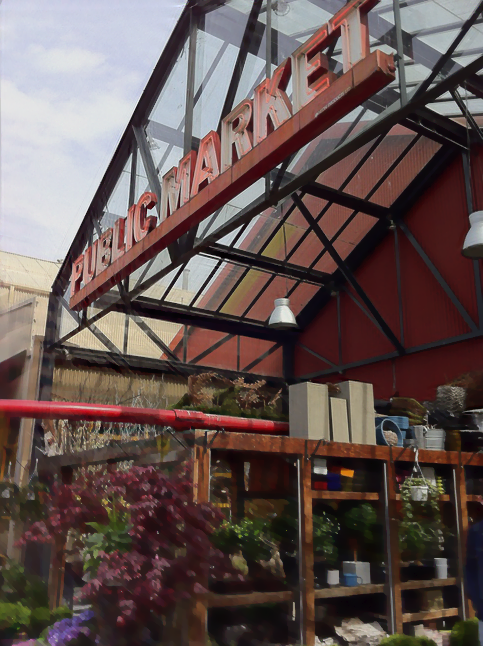

Deconvolution Results Left: method of Levin et al., Right: Stochastic Deconvolution with Levin prior Please move your mouse over image to compare results 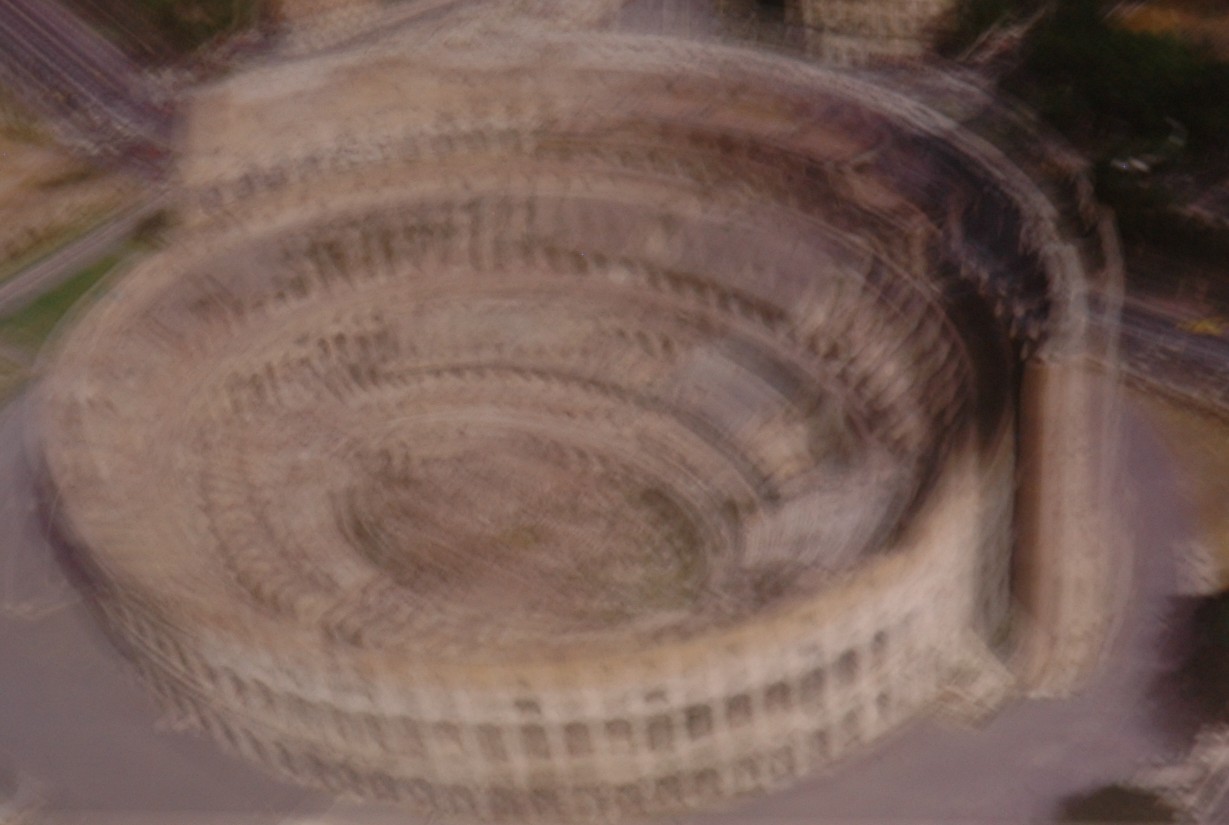
Deconvolution Results Left: Xu and Jia., Right: Stochastic Deconvolution with Levin prior Please move your mouse over image to compare results 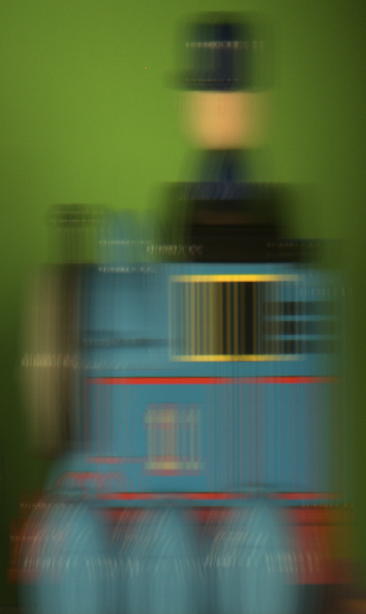 Note that this image is scaled according to the process in Raskar et al. Deconvolution Results Left: Raskar et al., Right: Stochastic Deconvolution with Gamma-corrected prior Please move your mouse over image to compare results 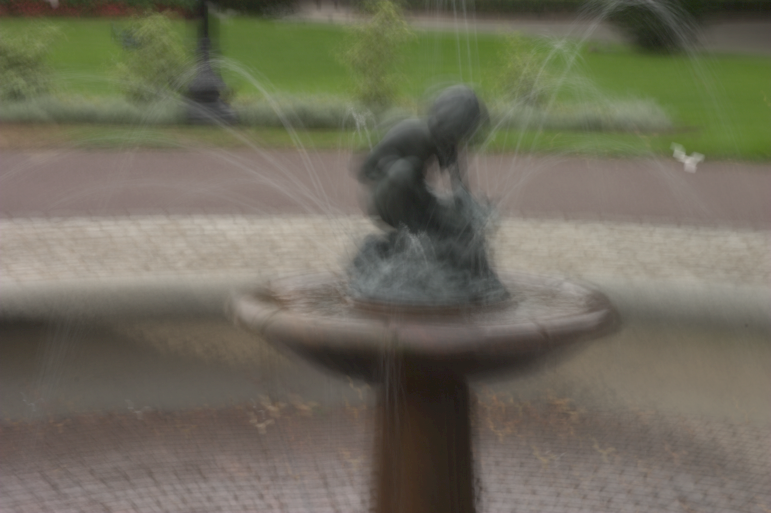
Deconvolution Results Left: Fergus et al., Right: Stochastic Deconvolution with Gamma-corrected prior Please move your mouse over image to compare results |
||||||||||||||||||||
|
Convergence:
Here we present supplementary convergence results comparing Stochastic Deconvolution to the Primal-Dual method of Pock and Chambolle. Both codes used an anisotropic TV regularizer with weight of 0.001 compared to a unit-weight data-term. Images were generated by convolution with synthetic PSFs and corrupted by 1% sigma Gaussian noise. 500 iterations of the primal dual method and 300 iterations of Stochastic Deconvolution method were used. Final objective function values are summarised in the following table.
Note that in all cases, Stochastic Deconvolution achieves a final objective function within 0.5% of the Pock and Chambolle result. We attribute the minor discrepancy to the improved boundary handling in Stochastic Deconvolution, which is not implemented in the Pock and Chambolle method and in fact can't be implemented without switching to spatial convolution instead of FFT based convolution. In all cases, the differences in image quality are negligible between the two methods except near the boundaries where the improved boundary handling reduces ringing, which is particularly evident in the 'bridge' and 'fruit' images. |
||||||||||||||||||||
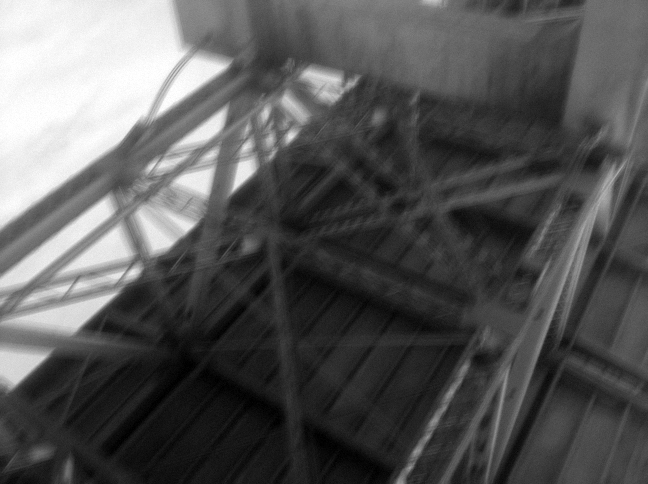
Deconvolution Results Left: Method of Pock & Chambolle, Right: Stochastic Deconvolution with identical settings Please move your mouse over image to compare results 
Deconvolution Results Left: Method of Pock & Chambolle, Right: Stochastic Deconvolution with identical settings Please move your mouse over image to compare results 
Deconvolution Results Left: Method of Pock & Chambolle, Right: Stochastic Deconvolution with identical settings Please move your mouse over image to compare results 
Deconvolution Results Left: Method of Pock & Chambolle, Right: Stochastic Deconvolution with identical settings Please move your mouse over image to compare results 
Deconvolution Results Left: Method of Pock & Chambolle, Right: Stochastic Deconvolution with identical settings Please move your mouse over image to compare results |
||||||||||||||||||||
|
References
CHAMBOLLE, A., POCK, T., "A first-order primal-dual algorithm for convex problems with applications to imaging." Journal of Mathematical Imaging and Vision 40.1 (2011): 120-145. FERGUS, R., SINGH, B., HERTZMANN, A., ROWEIS, S. T., AND FREEMAN, W. 2006. Removing camera shake from a single photograph. ACM Trans. Graph. (Proc. SIGGRAPH), 787-794. Project Website LEVIN, A., FERGUS, R., DURAND, F., AND FREEMAN, W. T. 2007. Image and depth from a conventional camera with a coded aperture. In ACM Trans. Graph. (Proc. SIGGRAPH). Project Website RASKAR, R., AGRAWAL, A., AND TUMBLIN, J. 2006. Coded exposure photography: motion deblurring using fluttered shutter. In ACM Trans. Graph. (Proc. SIGGRAPH), 795-804. Project Website XU, L., AND JIA, J. 2010. Two-phase kernel estimation for robust motion deblurring. In Proc. ECCV, 157-170. Project Website |